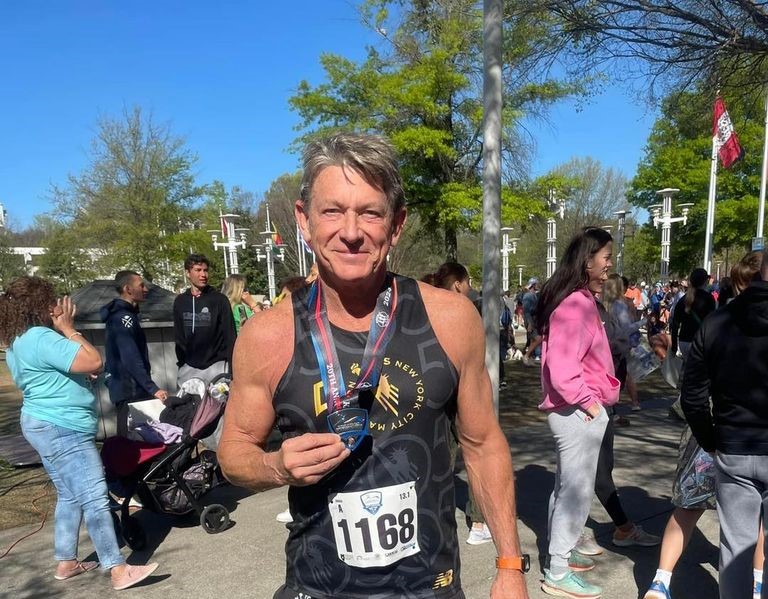When the weather warms up, runners hit the streets of Knoxville, Tennessee. Thousands of people have been training for the Covenant Health Knoxville Marathon, and the toll of pounding miles of pavement may result in some unexpected pain. If you’ve been on the run and you’ve noticed your lower legs hurt, you might be suffering the effects of medial tibial stress syndrome, better known as shin splints.
Free injury clinic Tuesday for marathon participants
On Tuesday. April 9, 3-5 p.m., Covenant Health Therapy Centers will host free post-marathon injury clinics for any registered participant in a 2024 Covenant Health Knoxville Marathon event, whether the event is the full marathon, half marathon, team relays or 5K. Bring a race bib and a photo ID to the downtown, west, or Lenoir City locations for an assessment and recommendations to help you heal.
The term, “shin splints,” is used to describe pain in the front of the lower leg. The pain of shin splints may come from inflammation or irritation of the bone, inflammation of the muscle or from pressure that builds up in the muscle.

Jennifer Civis PT
“Shin splints indicate the body is not keeping up with the load and needs a rest,” says Jennifer Civis, a physical therapist with Covenant Health Therapy Centers, who works with patients regarding this common running injury, how to treat it and how it can be avoided in the future. Covenant Health Therapy Centers treat patients at clinic locations in seven counties in East Tennessee. A referral isn’t necessary for an assessment or treatment.
Shin splints are not the only causes of pain in the lower legs, however. Other problems, such as stress fractures or compartment syndrome can also cause pain. (Detailed info here.)
How to Treat Shin Splints
Shin splints can usually be treated at home.
- Rest! Allow your legs the time they need to heal.
- Cloth-covered ice packs can be put on the shins for up to 20 minutes, four to eight times a day.
- Non-steroidal anti-inflammatory drugs (NSAIDs) like aspirin or ibuprofen can be taken for pain.*
While there are some trending alternative treatments, Civis says these basic steps are supported by clinical research, time-tested and proven to help the body move toward healing.
If a couple of weeks have passed and the pain hasn’t subsided, schedule an appointment with a physical therapist for an assessment.
“Physical therapy can help assess for underlying factors like joint stiffness or muscle weakness that affect gait pattern and therefore affect the load running puts on their body,” Civis says. “We’re trained to address these issues to help the athlete return to sport and prevent reinjury if standard at-home care does not work.”
While shin splints are painful, they are also preventable and treatable, and they don’t have to keep you from enjoying the satisfaction of running in East Tennessee!
Video snippet of the race by Greg Hathcock
*Aspirin or medicines that have aspirin in them should not be given to anyone younger than 18 years of age. Taking aspirin is a risk for a serious illness called Reye’s syndrome. NSAIDs should be taken with food or milk to prevent stomach upset. NSAIDs should not be taken by anyone who has been diagnosed with asthma, ulcer disease, or a bleeding disorder. Taking NSAIDs increases the risk of bleeding with trauma, dental work, surgery, or if taking blood thinners (anticoagulants).
Covenant Health provided quotes and information for this report.

